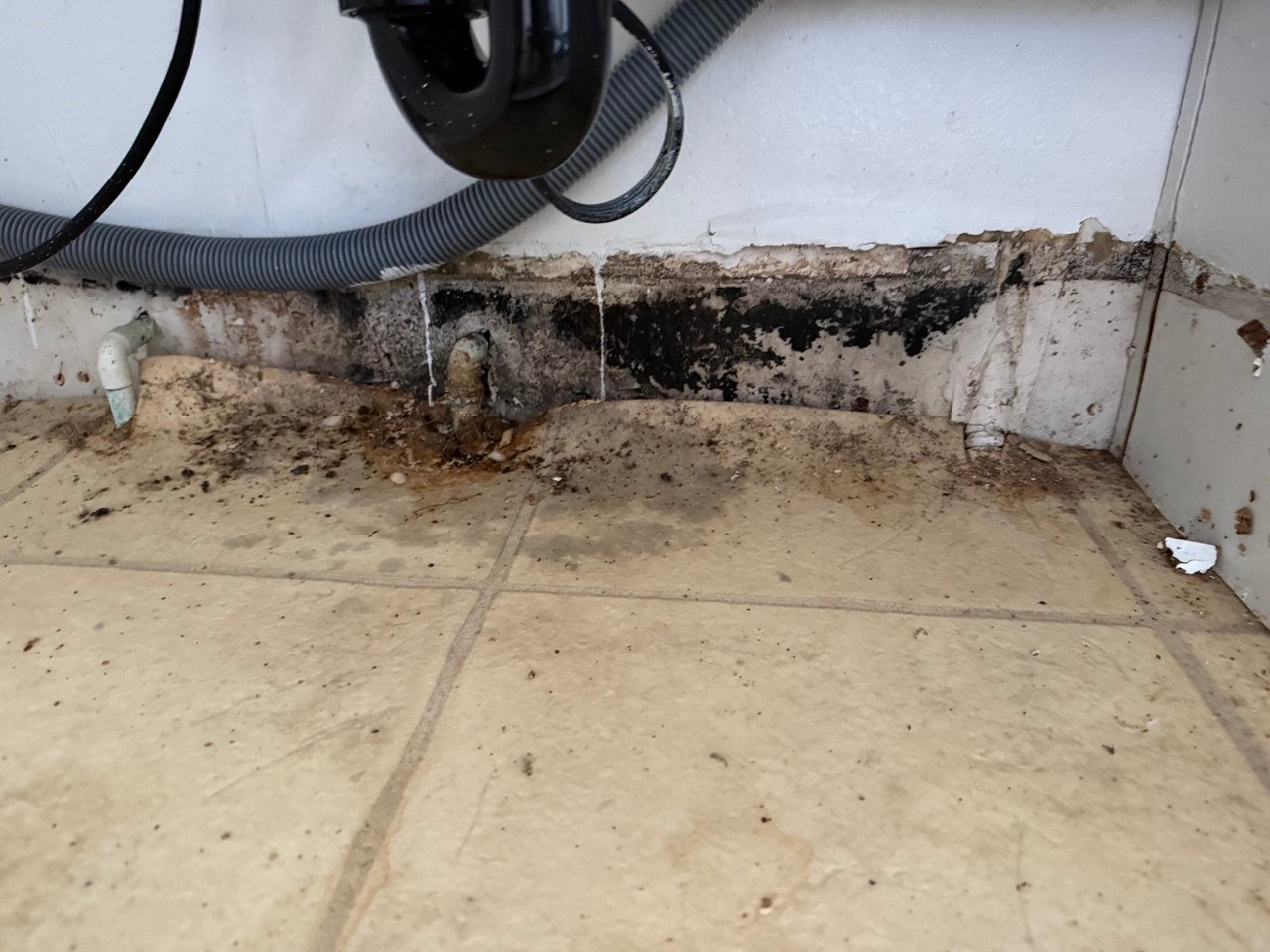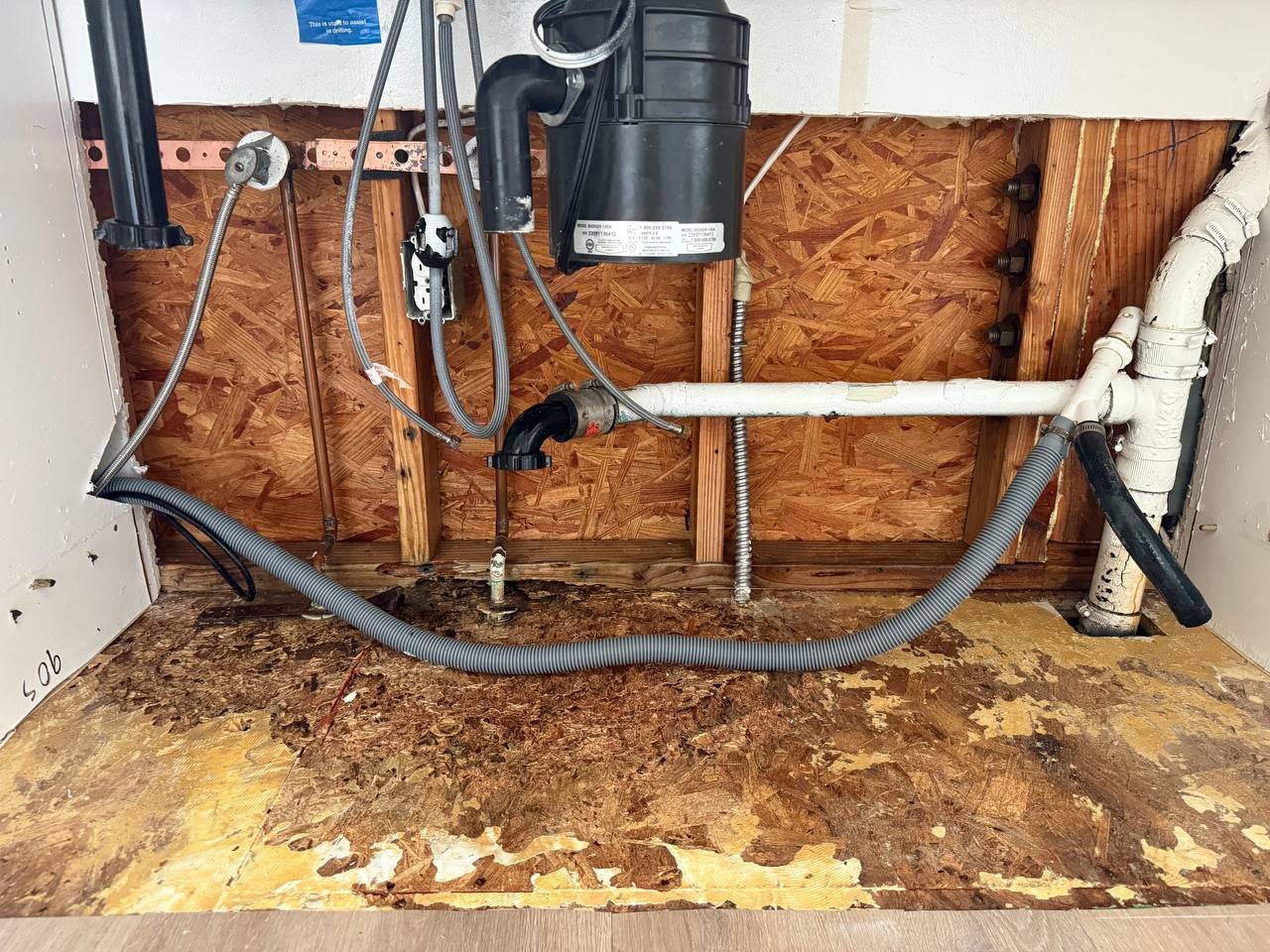Mold Remediation in Tarzana, CA | Inspection, Removal, Prevention
Tarzana runs from the Ventura Blvd flats up to the Mulholland ridgeline, with view decks, landscaped slopes, and pool houses tucked behind gates. Valley heat, irrigation schedules, and shaded north-facing walls create pockets of lingering moisture that standard cleaning can’t fix. When stains “bleed back,” odors persist, or symptoms ease the moment you step outside, it is time for measured remediation—not air freshener.
Get Started
Service Form
Why mold problems start—and stick around—in Tarzana
Hillside assemblies and decks. Balconies over living space, parapets, and scuppers above Braemar and El Caballero can admit small amounts of water that sit inside ceilings. Without controlled dry-down, odor returns after paint.
Irrigation and planters against stucco. Lush planting along south-facing slopes wets lower plates and toe-kicks. Micro-cracks at base flashing wick moisture into wall cavities.
Pool and spa equipment pads. Autofill valves, backwash lines, and pump unions leak into garages, offices, or ADUs. Tight closets trap humidity around water heaters and softeners.
Attic humidity and misrouted exhaust. Bath fans that terminate in the attic load insulation with moisture. Summer heat then “bakes in” odor.
Flat roofs along Ventura Blvd. Ponding at scuppers and aging penetrations wet insulation over offices or condos; growth hides until a ceiling stain appears.
Older windows and stucco. Wind-driven rain finds hairline cracks; moisture bypasses paper and reappears as baseboard darkening weeks later.

Signs you need professional remediation
Musty odor that returns within days of cleaning.
Speckling on drywall or plaster, stains that reprint through paint, or dark edges along baseboards.
Irritation that improves outdoors: congestion, itchy eyes, cough.
Known moisture history: deck drip, irrigation overspray, upstairs overflow, condensate clog, or roof detail issue.
Visible growth on porous materials (paper-faced drywall, carpet pad, MDF toe-kicks, wet insulation).
Our IICRC S520 method, tuned for Tarzana homes
1) Investigate and map
We confirm the moisture source and define boundaries with pin/pinless meters and thermal imaging. Sampling is recommended only when it informs scope, satisfies HOA/lender needs, or verifies clearance (PRV). The written plan follows IICRC S520.
2) Fix the cause
Remediation fails if moisture remains. We coordinate roof/deck repairs, stucco and window sealing, plumbing fixes, condensate service, crawl-space drying, or ventilation corrections. Where sequencing allows, cause repairs begin before or in parallel with containment.
3) Isolate the workspace
Containments with zipper access and HEPA-filtered negative air hold pressure so dust and spores stay inside the work zone. HVAC supplies/returns in the zone are sealed. We protect stairs, hallways, and—on the Blvd—elevators and common paths.
4) Remove contaminated materials—only what’s needed
Colonized drywall, wet insulation, affected carpet pad, and swollen MDF are removed under control. Plaster or drywall is opened only where readings, delamination, or visibility require. We keep demolition proportional to the problem.
5) HEPA cleaning and detail work
Exposed framing is HEPA-vacuumed, mechanically agitated, and detail cleaned. Targeted antimicrobial supports cleaning; it never replaces source removal or drying.
6) Dry to measured targets
Dehumidifiers and directed airflow reduce vapor pressure and bring assemblies to objective moisture numbers. Baseline, daily, and final readings are logged. No early closures.
7) Post-Remediation Verification (when appropriate)
For larger scopes, HOAs, sensitive occupants, or transactions, we bring in an independent assessor for PRV. Passing typically includes clean visuals, no odor, proper pressure management, and project-appropriate sampling.
8) Insurer-ready documentation
You receive photos, containment layouts, moisture/equipment logs, and a line-item Xactimate estimate. Adjusters see how cause, extent, and actions connect, which reduces pushback.
Click Here
Materials and assemblies we treat differently in Tarzana
Plaster and lath with smooth finishes. Plaster holds moisture longer and can craze if rushed. We use lower-stress airflow, selective openings, and HEPA sanding. Sound plaster with shallow wetting often cleans and dries in place; delamination or deep colonization requires removal.
Hardwood, engineered, and inlay floors. After kitchen or bar leaks, cupping appears quickly. Floor-drying mats and staged dehumidification can recover boards; swollen engineered cores are documented for replacement. Subfloors are verified dry before reinstall or refinish.
Stone/tile over mortar beds and thresholds. Dense assemblies trap water. We verify sub-surface drying with non-destructive meters and set minimal-impact relief points to prevent efflorescence.
Cabinetry and built-ins. We start with toe-kick removal and cavity ventilation to save doors and faces. If panels delaminate, we scope sectional replacement and preserve millwork where feasible.
Attics and mechanical closets. Misrouted bath exhaust and condensate clogs wet insulation and framing. We remove impacted insulation, clean and dry wood members, then correct venting and drains so the issue doesn’t return.

Case studies from Tarzana jobs
1) Irrigation overspray—Safari Walk area
A dining room carried a stubborn musty odor and baseboard spotting. Exterior irrigation hit stucco daily, and grade met the weep screed. Thermal imaging and meters outlined moisture along the lower wall; toe-kicks read high. We set a tight containment, removed ~30 sq ft of impacted drywall and wet insulation, cleaned and dried framing to target, and coordinated irrigation relocation and soil cut-down. Odor cleared; repaint held with no bleed-back.
2) Pool equipment pad leak—hillside ADU
A pump-union drip saturated a garage wall shared with a detached ADU office. We isolated the area, removed colonized toe-kicks and localized drywall, HEPA-vacuumed and cleaned framing, and ran closed-system drying. The plumber corrected the union and rerouted backwash. We added leak alarms and a simple curb at the pad. Clearance met visuals/odor; the owner declined PRV.
3) Attic exhaust into insulation—near Mulholland
A primary bath vented to the attic. After winter rains, ceiling spotting and odor appeared. We removed impacted insulation, opened limited areas where readings demanded, detail-cleaned rafters and decking, dried to target, and ducted the fan to exterior with a humidity switch. A roofer sealed a minor penetration. PRV by an independent assessor passed.
Cost variables and typical local ranges (not a quote)
Actual price depends on area, materials, access, HOA rules, and verification needs.
Containment & protection: $150–$650 per chamber based on complexity.
Selective demolition: drywall removal/haul-off $2.75–$5.75 per sq ft; wet insulation removal $1.50–$3.75 per sq ft; baseboard/toe-kick remove/replace $6–$12 per linear ft.
HEPA negative-air: $95–$170 per day per machine.
Air movers & dehumidifiers: $25–$45 and $80–$130 per day.
Detail cleaning + antimicrobial: $0.20–$0.55 per sq ft treated.
PRV (if requested): billed separately by the assessor/lab.
We explain what is necessary and what is optional. You see the readings that support each line item.
Health, safety, and compliance
Negative pressure keeps contaminants inside containment.
PPE and controlled waste handling protect occupants and workers.
Pre-1978 materials trigger lead/asbestos rules before disturbance.
“Fog-only” shortcuts are not offered for established growth; source removal and dry-down are required.
Insurance: what carriers expect, what we provide
Causation and boundaries. Meter photos and thermal images tie origin to migration.
Scope logic. Each opening and each day of equipment maps to readings and targets.
Familiar format. Xactimate estimate, photos, and moisture logs.
Policies often cap mold coverage but may cover the sudden and accidental water loss that caused it. Our file shows stabilization speed, affected boundaries, and proof of dry standards to minimize friction.
Timeline you can plan around
Inspection and scope: same day.
Containment, removal, initial cleaning: 1–2 days for a localized wall/ceiling; longer for multi-room or ceiling cavities under decks.
Drying and PRV: typically 2–4 additional days depending on materials and indoor RH.
Rebuild: after moisture targets and, if used, PRV pass. Typical scopes: drywall/texture, insulation, paint, trim.
Prevention playbook for Tarzana properties
Decks and roofs: clear scuppers before storms; inspect parapets, seams, and penetrations each season.
Irrigation and grade: pull sprinklers off stucco; keep soil/planters below weep screed; maintain positive slope away from walls.
Pools and pads: check unions, autofill, and backwash routing; add a curb or drain; place leak alarms.
Ventilation: duct baths and laundry to exterior; add humidity-sensing controls; provide make-up air in tight rooms.
HVAC: service condensate drains and pans; add float switches on attic/closet units.
Indoor RH: hold ~40–50% during wet weeks; ventilate after showers and cooking.
Verification after events: confirm target moisture before closing cavities or repainting.
Why Tarzana homeowners choose Onsite Pro
Neighborhood fluency. Daily work from the Ventura corridor to the Mulholland ridgeline; we plan around slopes, parking, and quiet hours.
Measured decisions, not guesswork. Moisture targets and IICRC S520 guide every step.
Finish protection. We safeguard hardwoods, plaster, stone, stair trim, and built-ins with the right airflow and coverings.
Carrier-ready files. Photos, maps, logs, and Xactimate line items shorten approvals and keep repairs moving.
Call (818) 336-1800 for immediate containment or a free local estimate.
Tarzana hills to Mulholland • Braemar and El Caballero areas • Ventura Blvd Safari Walk • Reseda/Tampa corridors • Adjacent Encino, Woodland Hills, and Reseda.
Explore More Restoration Services in Tarzana
Internal Links
Tarzana Sewer Damage Cleanup
Safe sewer and biohazard cleanup.
Tarzana Fire Damage Restoration
Complete fire and smoke restoration.
Tarzana Water Damage
Rapid water extraction and drying.
Tarzana Hub Page
Explore all restoration services in Tarzana
